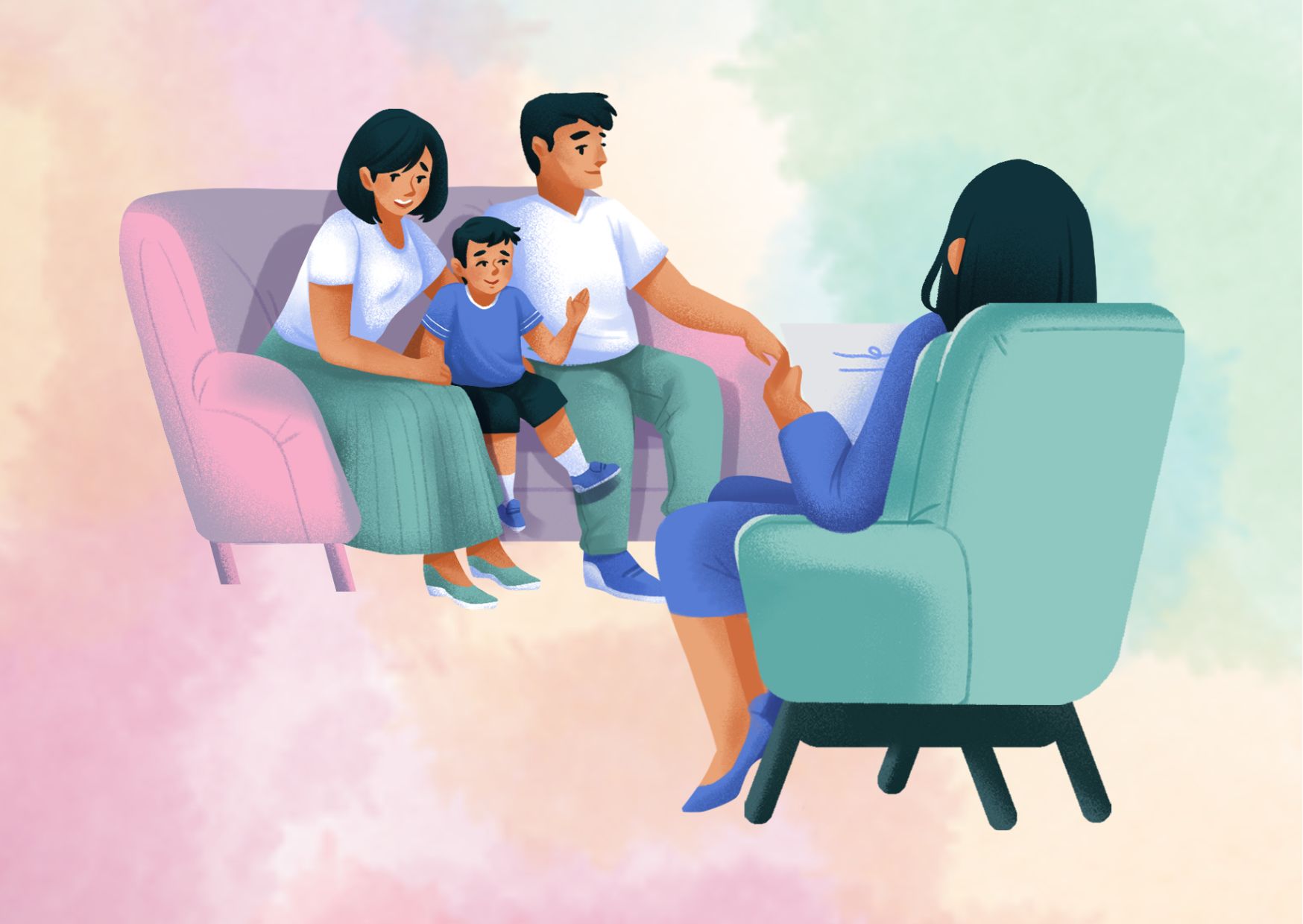Effective Family Therapy Approaches for Healing Relationships
Family therapy stands as a powerful approach to healing relationships and fostering positive change within family units. This therapeutic method recognizes the intricate web of connections that shape family dynamics, addressing issues that affect not just individuals, but the entire family system. As families navigate the complexities of modern life, family therapy offers a beacon of hope for those seeking to strengthen bonds, improve communication, and overcome challenges together.
In this article, we explore the key approaches and techniques used in family therapy to mend relationships and promote healing. From systemic family therapy to structural and strategic methods, we delve into various models that therapists employ to help families thrive. We also examine effective strategies for enhancing family communication and interaction, highlighting the importance of these skills in maintaining healthy relationships. By understanding these therapeutic approaches, families can gain valuable insights into resolving conflicts and building stronger, more resilient connections.
Understanding Family Dynamics in Therapy
Family therapy offers a powerful approach to develop and maintain a healthy, functional family unit. It recognizes that families are complex systems where each member’s actions and emotions have an influence on others. This therapeutic method aims to explore the interactional dynamics within families and their relationship to psychopathology.
Types of Family Relationships
Family relationships come in various forms, extending beyond the traditional nuclear family. A family unit can include parents, children, siblings, grandparents, aunts, uncles, friends, and kinship caregivers. The Arkansas Relationship Counseling Center specializes in the dynamics of these diverse family relationships, delving into all aspects of the family unit.
Family therapists often use a three-generation genogram to understand family patterns. This diagrammatic tool lists the index patient’s generation and two related generations, providing a longitudinal and epigenetic perspective of the family. It helps to identify transgenerational family patterns and interactions that may have an impact on current family dynamics.
Common Family Issues
Families often face a range of challenges that can benefit from therapeutic intervention. Some common issues include:
- Communication problems
- Parent-child conflicts
- Sibling rivalries
- Adjusting to life changes (e.g., moving, medical conditions)
- Coping with aging
- Death and grief
- Financial distress
- Anger management
These issues can cause stress, confusion, and even panic within the family system. Family therapy provides a safe environment for members to openly share their feelings and receive support from one another.
Impact of Family History
Family history has a significant influence on current family dynamics. The life cycle of the index family is explored to understand how the family has coped with problems and transitioned through different stages. This developmental perspective gives therapists a longitudinal and temporal view of the family.
Family factors can have both positive and negative effects on mental health:
- Dysfunctional family relationships can precipitate or perpetuate mental illness.
- Positive family relationships can offer support, be protective, and lead to improved outcomes.
For example, multiple family factors have been associated with depression, including parental depression, marital conflict, ineffective parenting practices, loss, negative parent-child interaction, and insecure attachment. Similarly, childhood anxiety disorders are often linked to overly controlling and overprotective parenting.
Understanding these historical patterns helps therapists identify issues requiring family-based intervention. It also allows them to assess the family’s strengths and limitations, which is crucial for developing effective treatment plans.
Family therapy can be particularly beneficial for families dealing with mental health conditions such as anxiety disorders, eating disorders, mood disorders, personality disorders, schizophrenia, and substance use disorders. It can also help with childhood behavioral conditions like conduct disorder and oppositional defiant disorder.

